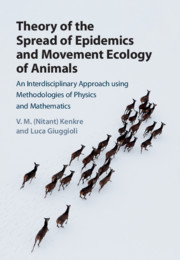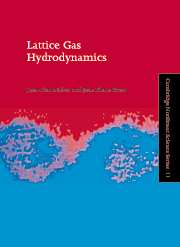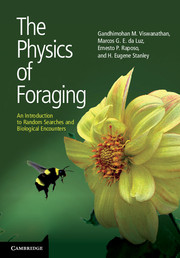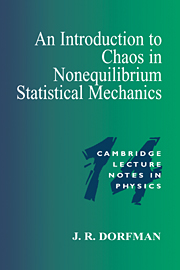Theory of the Spread of Epidemics and Movement Ecology of Animals
Exploiting powerful techniques from physics and mathematics, this book studies animal movement in ecology, with a focus on epidemic spread. Pulmonary syndrome is not only feared in epidemics of recent times, such as COVID-19, but is also characteristic of epidemics studied earlier such as Hantavirus. The Hantavirus is one of the book's central topics. Correlations between epidemic outbreaks and precipitation events like El Niño are analyzed and spatial reservoirs of infection in off-period of the epidemic, known as refugia, are studied. Predicted traveling waves of infection are successfully compared to field observations. Territoriality in scent-marking animals is presented, with parallels drawn with the theory of melting. The flocking and herding of birds and mammals are described in terms of collective excitations. For scientists interested in movement ecology and epidemic spread, this book provides effective solutions to long-standing problems.
- Sophisticated, analytical techniques from statistical mechanics and nonlinear science such as Fokker-Planck methods, bifurcation formalism, and Smoluchowski analysis are introduced to the field of ecology
- Theoretical research is grounded alongside real-world ecological field observations
- Physics concepts seldom used in ecology, such as collective excitations and the theory of melting, are used in the book
Reviews & endorsements
'These authors have successfully written for adventurous interdisciplinary investigators who seek to understand how physics and biology can be combined to understand and develop effective strategies for disease containment. It would be difficult to find a more appropriate book for understanding and addressing the current pandemic … Highly recommended.' M. Schaab, Choice
'In my opinion, the book is well and balanced writing. The mathematical background given in Chapter 1 and in the 'A Technical Appendix' makes the book almost self-contained, which is very convenient for the readers.' Andrey Zahariev, zbMATH
Product details
January 2021Hardback
9781108841405
400 pages
250 × 175 × 19 mm
0.73kg
Not yet published - available from February 2025
Table of Contents
- 1. Theoretical Framework Underlying the Book
- 2. μ-space Approach to the Study of Epidemics: Fisher Equation with Internal States
- 3. Abrupt Spatial Transitions: Patchiness and Extinction of Infection and Population
- 4. Results from Fisher Variants: Patterns from Long-range Competition and Allee Effect in the Spread of Infection
- 5. Extraction of Parameters from Observations, Emergence of Home Ranges, and Applicability of the Fisher Equation for Bacteria
- 6. Explicit Incorporation of Home Ranges in the Theory of the Spread of Epidemics
- 7. Avoidance Interactions and the Emergence of Spatial Segregation
- 8. Attractive Interactions and Flocking
- 9. Related Investigations along Miscellaneous Directions
- 10. Summary and Future Directions
- Appendix A: A Technical Appendix
- Appendix B: A Historical Appendix.







